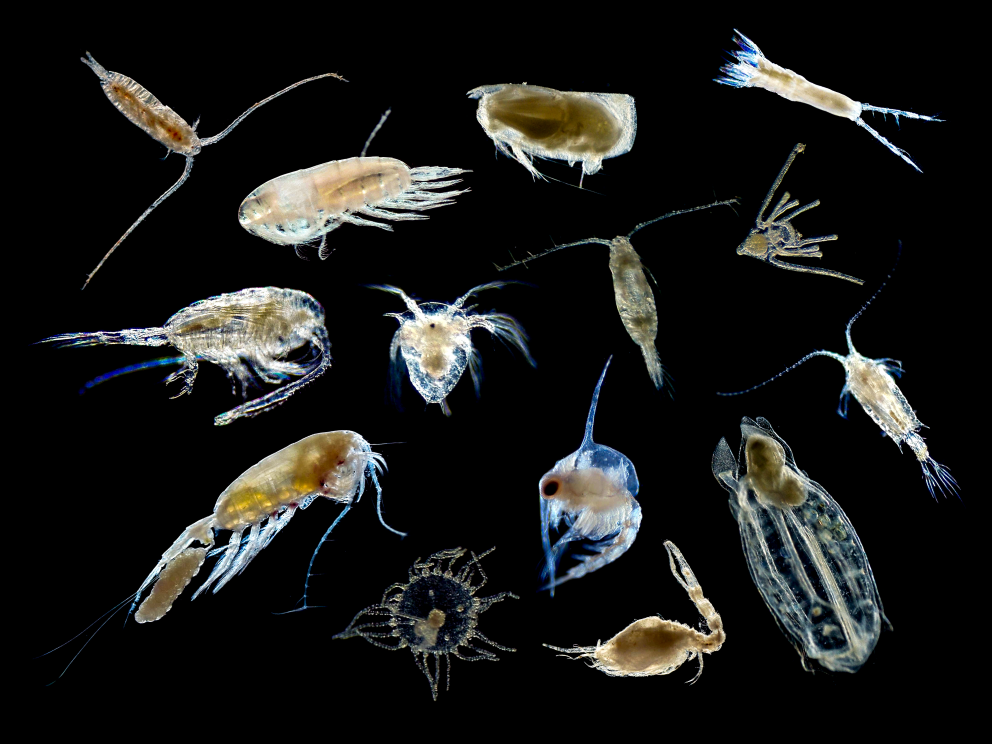A drop in the ocean

We often think of the ocean as mostly empty, but what if you looked closer? If you were to look at a drop of ocean water under the microscope, you might see some dirt, plant cells, and maybe even tiny animals. These tiny animals are called zooplankton, and this collage is just a small example of the zooplankton biodiversity in the Bay of Fundy – all measuring a few millimeters or less. Along with phytoplankton (microscopic plants), zooplankton form the foundation of the marine food web. Since plankton support all other marine life, monitoring their populations is critical to marine conservation.
We use net tows to collect plankton samples and analyze drops of the ocean under a laboratory microscope - but what if we could analyze drops in the ocean? My MSc project focusses on using underwater imaging for spying on zooplankton in their natural habitat without having to bring them back to the lab. Specifically, I am developing an application for a glider-mounted shadowgraph camera system so we can monitor zooplankton populations over vast areas of the ocean, and over longer periods of time, to better inform marine conservation measures.